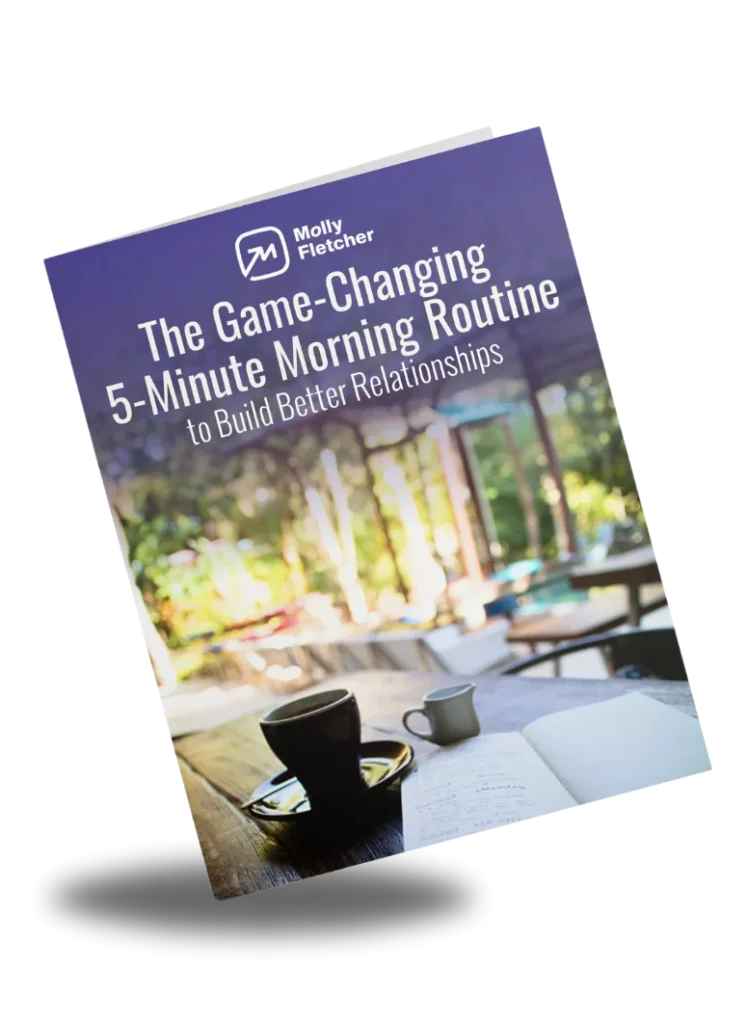 I grew up competing with my older brothers, sometimes working hard to just get a word in. If you’re working in a highly competitive world, it’s hard to get a message to stick. How do you get your audience to understand, retain and act on what you have to say? Some great exercises for communicating messages that stick come from two other brothers: Chip and Dan Heath, authors of a great book, “Made to Stick: Why Some Ideas Survive and Others Die.” The Heath brothers break down the elements of a sticky message, and you can use these attributes to make sure your message resonates, too.
I grew up competing with my older brothers, sometimes working hard to just get a word in. If you’re working in a highly competitive world, it’s hard to get a message to stick. How do you get your audience to understand, retain and act on what you have to say? Some great exercises for communicating messages that stick come from two other brothers: Chip and Dan Heath, authors of a great book, “Made to Stick: Why Some Ideas Survive and Others Die.” The Heath brothers break down the elements of a sticky message, and you can use these attributes to make sure your message resonates, too.
I do a lot of motivational speaking, and as I prepare, I often test my speeches against this list. You don’t need all of these elements, but the more you have, the more moving your speech will be.
Communication Exercises: What’s the secret?
Acronyms can help you get to stickiness, and so the Heaths used the letters in “success” to represent their communication model.
S – Simple. The hardest thing to do is to pare down you point to a single sentence or priority. It’s incredibly hard work to get to the essence of what you are trying to say. The result is similar to a great athletic performance: you see someone make an incredible play, and it looks effortless. That’s simplicity in action.
U – Unexpected. People tune out when they have heard it before. This is where, for me, humor is so important. Audiences love to laugh, but they don’t get to that often, especially not in a sales meeting or trade conference. Why not? Give your audience an unexpected connection to your content. The Heaths talk about creating “curiosity gaps” that make people want to find out more. A sticky message needs an audience that is motivated.
C – Concrete. People have different types of memories, so it’s important to try to tap into these pipelines with a varied set of tools. Concrete means that your message has a lot of sensory descriptions—sights, sounds, smells, tastes, touch—that help engage listeners. The right words to a receptive listener create a strong bond, like the hooks and loops of Velcro.
C – Credible. You must know your audience. What do your listeners care about? Worry about? Look forward to? This information helps you step out of your world and into theirs. Anticipate questions. Don’t assume that people will take your word as authoritative; you must give them the opportunity to engage with credible, trustworthy information in a non-threatening, encouraging manner.
E – Emotional. “People care about people, not numbers,” the Heaths point out. We know one another through our emotions, and we turn away from a person whose emotions seem fake or forced. Authentic emotions are so important in delivering a message that endures. I think about how Chuck Pagano gave such a great locker room speech to the Indianapolis Colts: He targeted their core identity as a team, empowering them to look for the positives in every challenge. He showed them how he was doing the same thing in his personal life. He showed them how a detailed vision, grounded in a strong value like family milestones, can be their engine. In just a few sentences, he made every player on his team feel like his own family, and know that he believed in them like he believed in himself.
S – Stories. No great message ever sticks without anecdotes. A great storyteller helps us relive that feeling of being enthralled by a story, when we listened on the edge of our seats to find out what happened next. Stories allow conference speakers to communicate complex ideas, information, and data in the form of entertainment.
S – The final “s” signals the idea that employing more than one of these elements will help your message stick even more. My final S is Summons. I want to leave my audience with a challenge to pursue, something they can work toward, based on my message.
Your Game Changer Takeaway
Sticky messages change people. They get excited. They take action. Check out the Heath Brothers publications for more information on their model. I’ll keep looking for the most relevant exercises to communicate messages that stick, and if you have one that works, I would love to hear from you.
Molly Fletcher helps inspire and equip game changers to dream, live and grow fearlessly. A keynote speaker and author, Molly draws on her decades of experiences working with elite athletes and coaches as a sports agent, and applies them to the business world. Sign up here to receive our monthly newsletter.


















